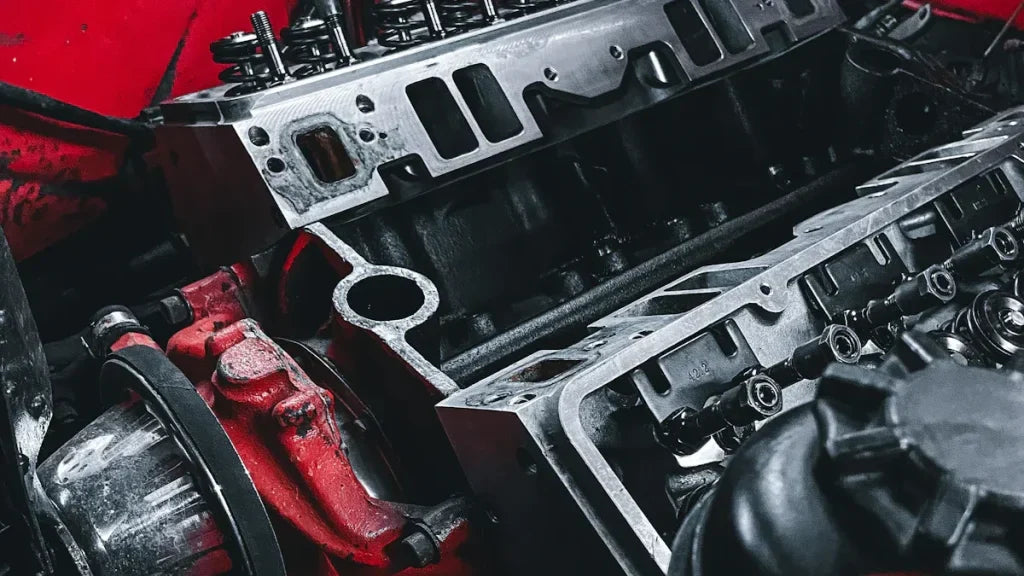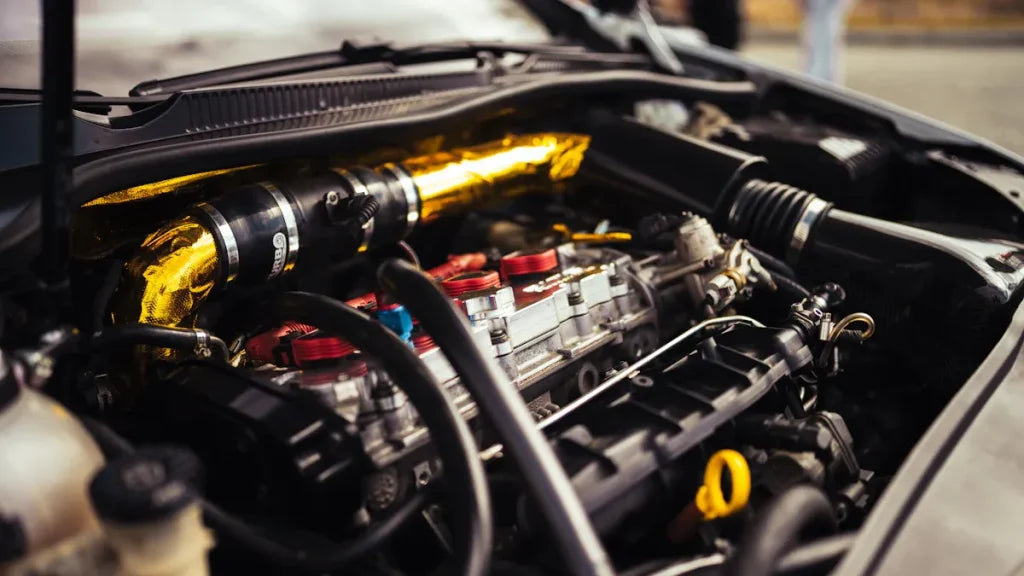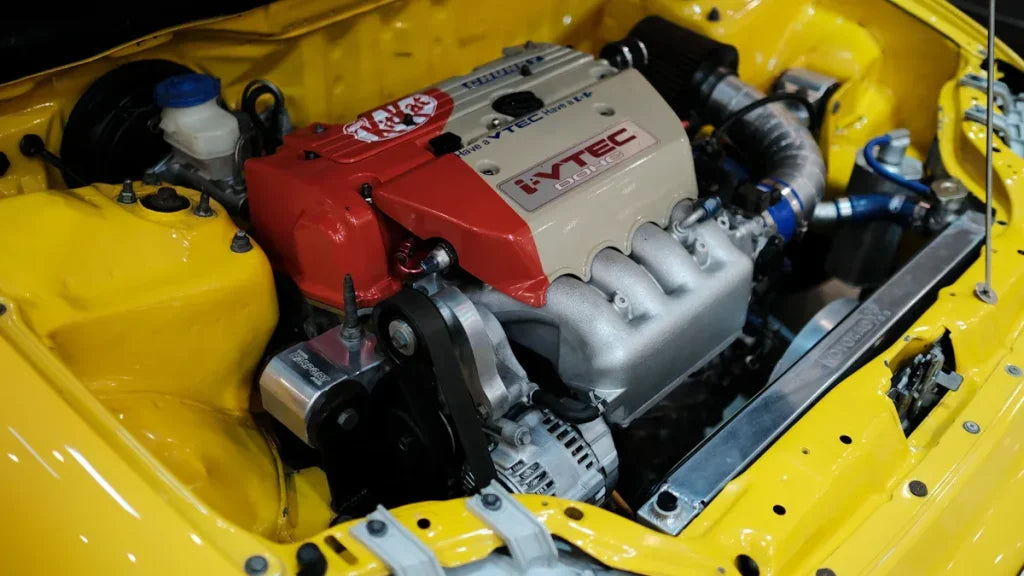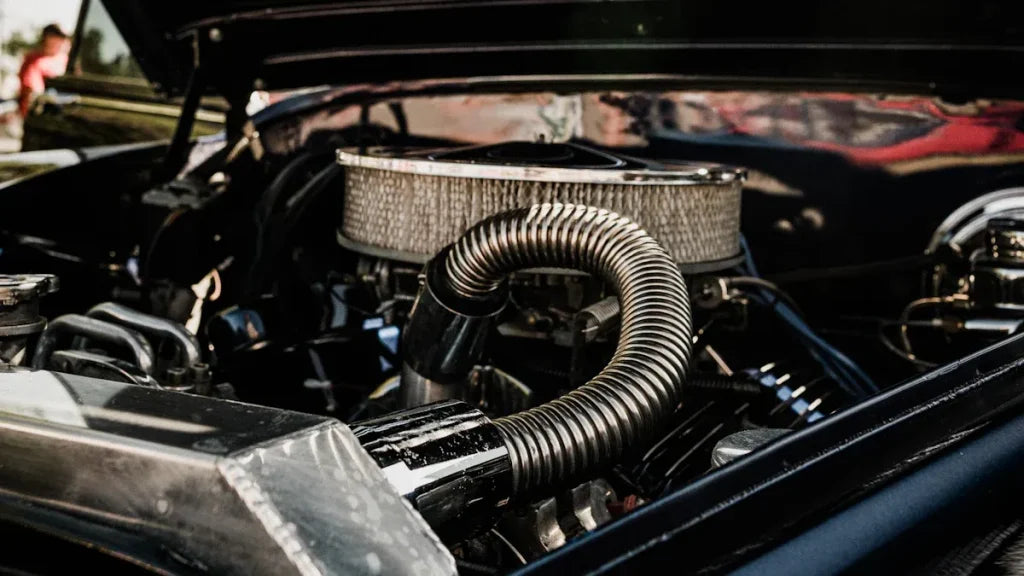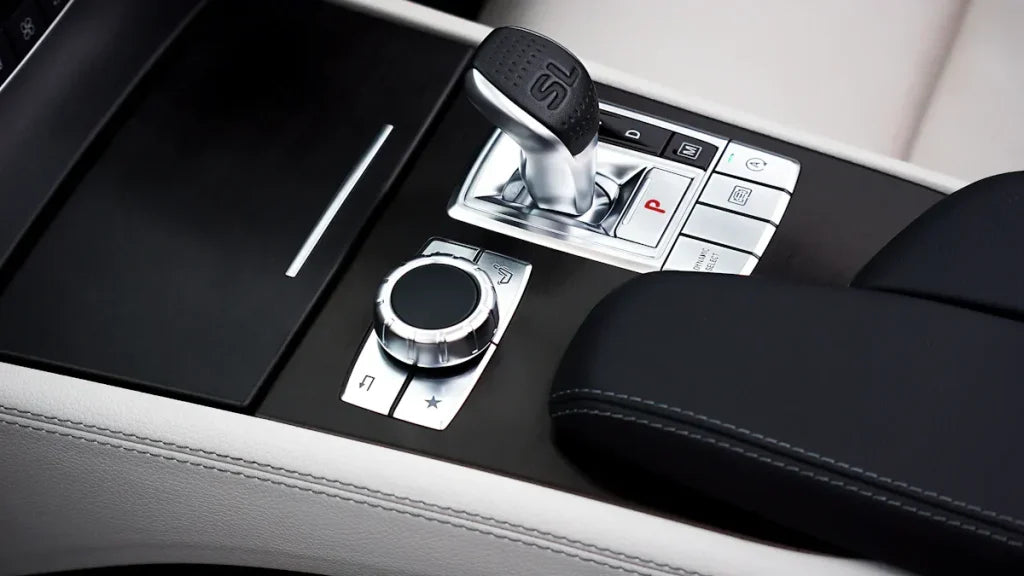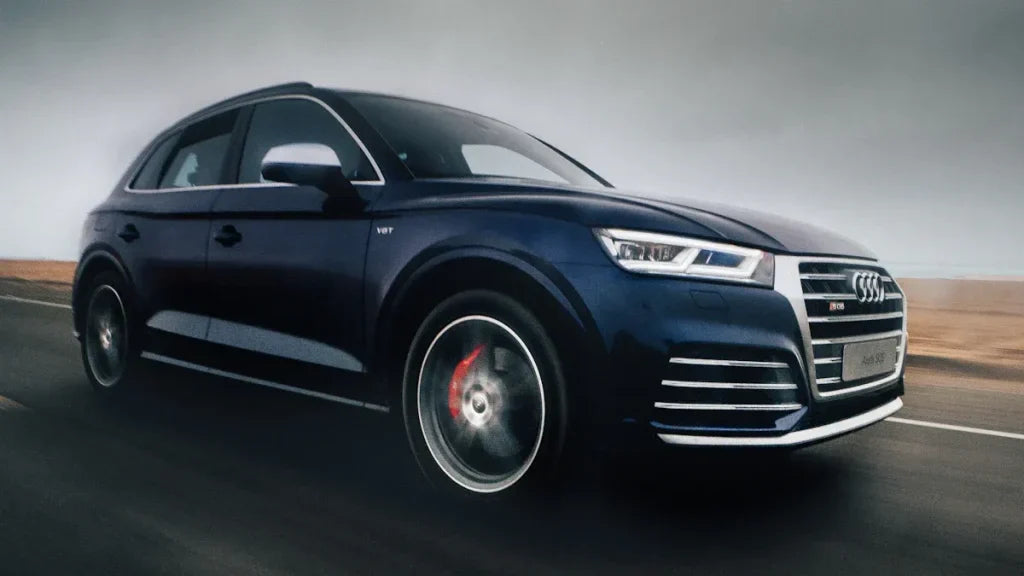CarbonXtreme Post
Kia T-GDI vs Smartstream Which Engine Technology Leads in 2025
In 2025, Kia’s T-GDI and Smartstream engines cater to different priorities. T-GDI engines focus on performance, offering up to 300 hp and 311 lb-ft of torque, making them ideal for drivers seeking dynamic acceleration and responsive power. In contrast, Smartstream engines prioritize efficiency, hybrid integration, and emissions reduction. For example, the Smartstream G2.5 T-GDi delivers 294 PS (290 hp) and 311 lb-ft, while hybrid variants like the Smartstream G1.6 T-GDi Hybrid achieve 230 PS with 258 lb-ft, combining power with sustainability.
Nissan VR38DETT vs VQ37VHR: Which Engine Delivers More Power and Potential?
The Nissan VR38DETT and VQ37VHR engines showcase two distinct engineering approaches. The VR38DETT, a 3.8L twin-turbo V6 powering the GT-R, delivers 565 hp and 467 lb-ft in stock form, with NISMO variants reaching 600 hp. Known for its huge tuning potential, enthusiasts regularly push it past 1,000 hp, making it ideal for track builds and high-performance enthusiasts.
Honda K20 vs K24: Which Engine Offers the Best Balance of Power and Versatility?
The Honda K20 and K24 engines embody two distinct performance philosophies. The K20, a 2.0L high-revving DOHC i-VTEC, delivers thrilling top-end power and excels on the track, making it a favorite among racing enthusiasts. In contrast, the K24, with its 2.4L displacement and longer stroke, focuses on stronger low-end torque and daily usability, offering up to 205 hp and 171 lb-ft in stock form. Both engines boast Honda’s engineering excellence, remarkable reliability, and immense tuning potential—with the K24 being a cost-effective choice for turbo builds and hybrid “Frankenstein” setups, while the K20 shines for high-RPM, naturally aspirated performance.
Toyota GR Yaris G16E-GTS vs 1.8T Performance Showdown
The Toyota GR Yaris G16E-GTS and Volkswagen/Audi 1.8T engines target very different drivers. The G16E-GTS is a rally-inspired 1.6L turbocharged 3-cylinder producing up to 300 hp and 400 Nm of torque, paired with Toyota’s GR-FOUR AWD system for exceptional grip and agility. It excels in sharp turbo response, track performance, and spirited driving. In contrast, the 1.8T is a turbocharged inline-4 widely used in VW and Audi models, offering 150–180 hp stock and 200–220 lb-ft torque. Renowned for its reliability, tuning flexibility, and fuel efficiency, the 1.8T dominates the Euro tuning scene and suits daily driving.
BMW S58 vs B58 Exploring Power, Torque, and Reliability
The BMW S58 and B58 engines represent two distinct philosophies in performance engineering. The S58 is a high-performance twin-turbo inline-six delivering up to 543 hp and 479 lb-ft of torque, optimized for track-ready driving with a closed-deck block, twin mono-scroll turbos, forged internals, and advanced cooling systems. In contrast, the B58 is a single twin-scroll turbo inline-six producing up to 382 hp and 369 lb-ft of torque, focusing on reliability, refinement, and efficiency. While the S58 dominates in raw power and precision handling, the B58 excels in daily drivability, long-term ownership, and tuning accessibility.
Mercedes M139 vs M260: 2025 Engine Comparison
The Mercedes-AMG M139 and M260 engines serve different purposes. The M139 is a high-performance powerhouse, producing up to 310 kW (416 hp) and 500 Nm of torque in the S-model. It features advanced technologies like an electric exhaust-gas turbocharger, two-stage fuel injection, Nanoslide-coated cylinder bores, and a rotated engine block for optimized airflow. In contrast, the M260 focuses on efficiency and everyday usability, offering 140 kW to 225 kW (188–302 hp) depending on the variant. Its design prioritizes fuel economy, durability, and smooth daily driving, making it ideal for luxury sedans and compact SUVs.
Audi EA888 vs EA113 Performance and Reliability
The Audi EA888 and EA113 engines represent two distinct approaches to engineering and performance. The EA888 is a modern, lightweight aluminum engine with dual fuel injection, variable valve timing, advanced thermal management, and a timing chain, making it ideal for daily driving, fuel efficiency, and smooth power delivery. In contrast, the EA113, featuring a robust cast-iron block and timing belt, offers greater durability and is highly favored by tuning enthusiasts for its ability to handle extreme modifications. Choose the EA888 if you value innovation and refinement, or opt for the EA113 if you prioritize reliability and tuning flexibility.
Volkswagen EA888 vs EA113 Engine Comparison
The Volkswagen EA113 and EA888 engines cater to different priorities. The EA113, found in older VW and Audi models, features a cast-iron block, timing belt, and reinforced connecting rods, making it highly durable and ideal for high-performance tuning. In contrast, the EA888 represents modern engineering with an aluminum block, timing chain, twin-scroll turbocharger, and variable valve timing, providing better efficiency, smoother power delivery, and improved daily drivability. Enthusiasts seeking maximum tuning flexibility may prefer the EA113, while those valuing refinement and fuel economy will find the EA888 more suitable.
Audi 2.0 TFSI vs 3.0 TFSI: Reliability Backed by Data
When comparing the Audi 2.0 TFSI vs 3.0 TFSI engines, the 3.0 TFSI emerges as the better long-term choice due to its higher reliability, stronger performance, and better resale value. The 3.0 TFSI supercharged V6 produces up to 335 hp and 369 lb-ft, offering smooth acceleration, fewer recurring issues, and lower overall maintenance costs. In contrast, the 2.0 TFSI turbocharged inline-four delivers efficiency and versatility but is prone to oil consumption, timing chain failures, and higher repair expenses over time.


